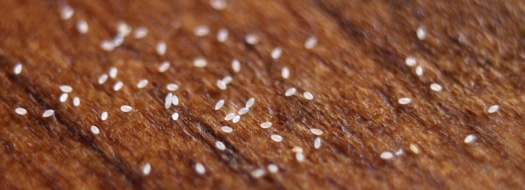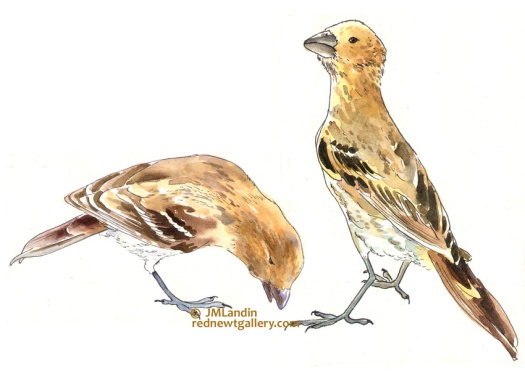
I’ve always planted marigolds among my garden. I’ve heard these orange beauties have protective properties against herbivores. Is it true?
Hmm. Most researchers have found properties released from marigold roots inhibit bacteria, fungi, and/or nematodes (although this is extremely variable, depending upon the part of the plant used, how the marigolds are grown, and the pest species tested).
Most interesting sidetrack from my search… some research shows inhibition of Plasmodium, the microscopic organism that causes malaria (1).
Thanks to Charlie O’Shields of DoodleWash for the #WorldWatercolorMonth inspiration.
- (2010) In vitro antiplasmodial and antimicrobial potential of Tagetes erecta roots, Pharmaceutical Biology, 48:11, 1218-1223



